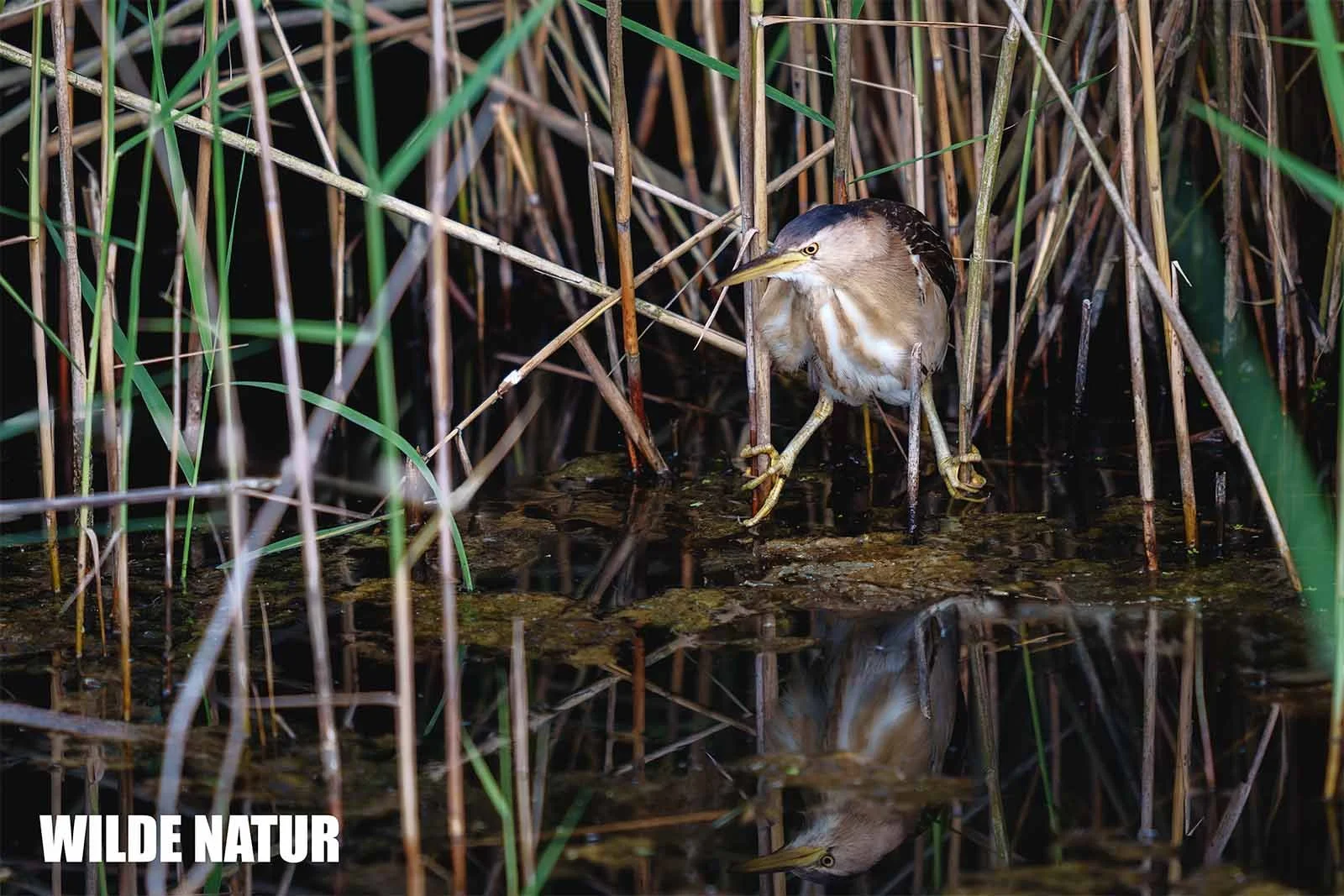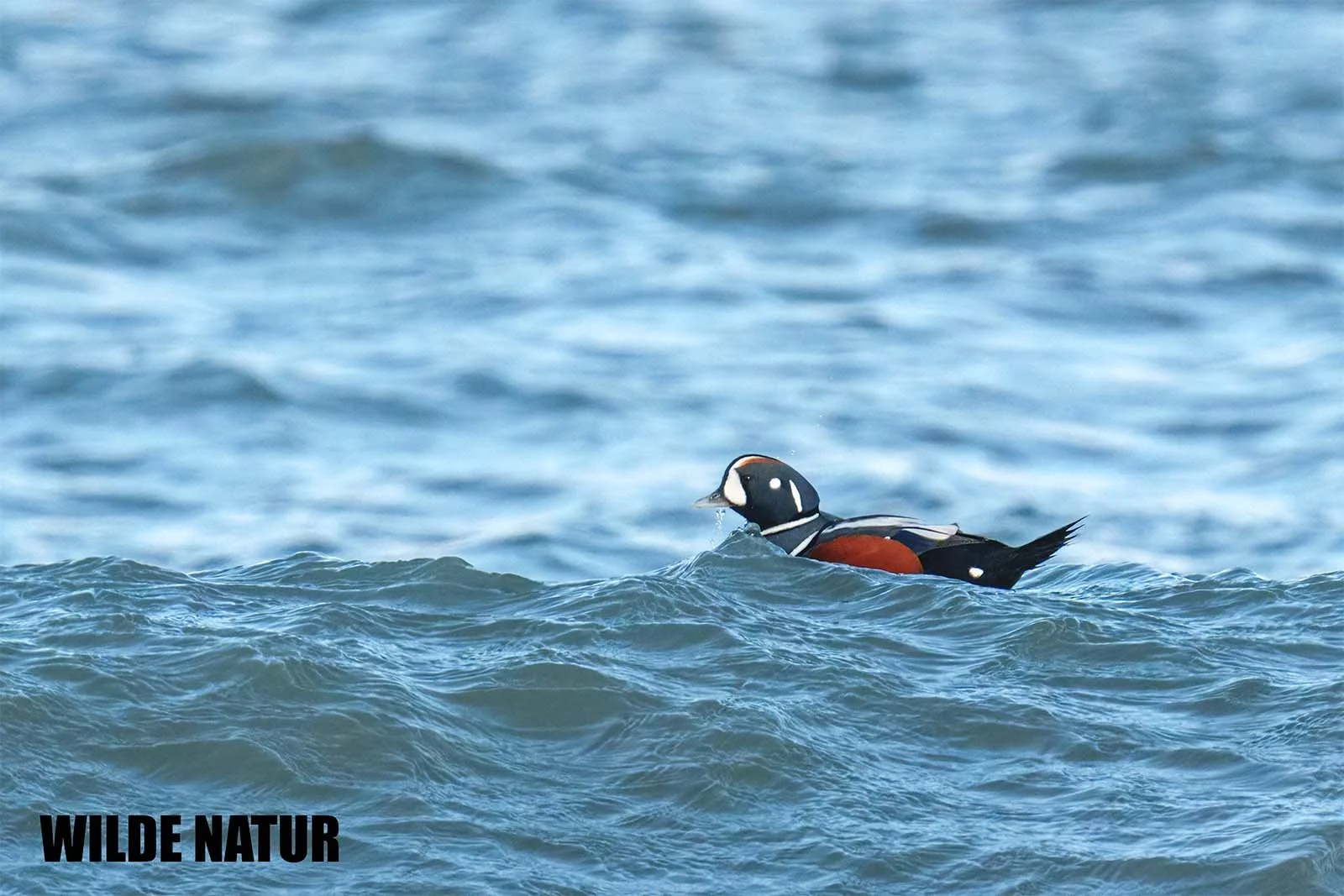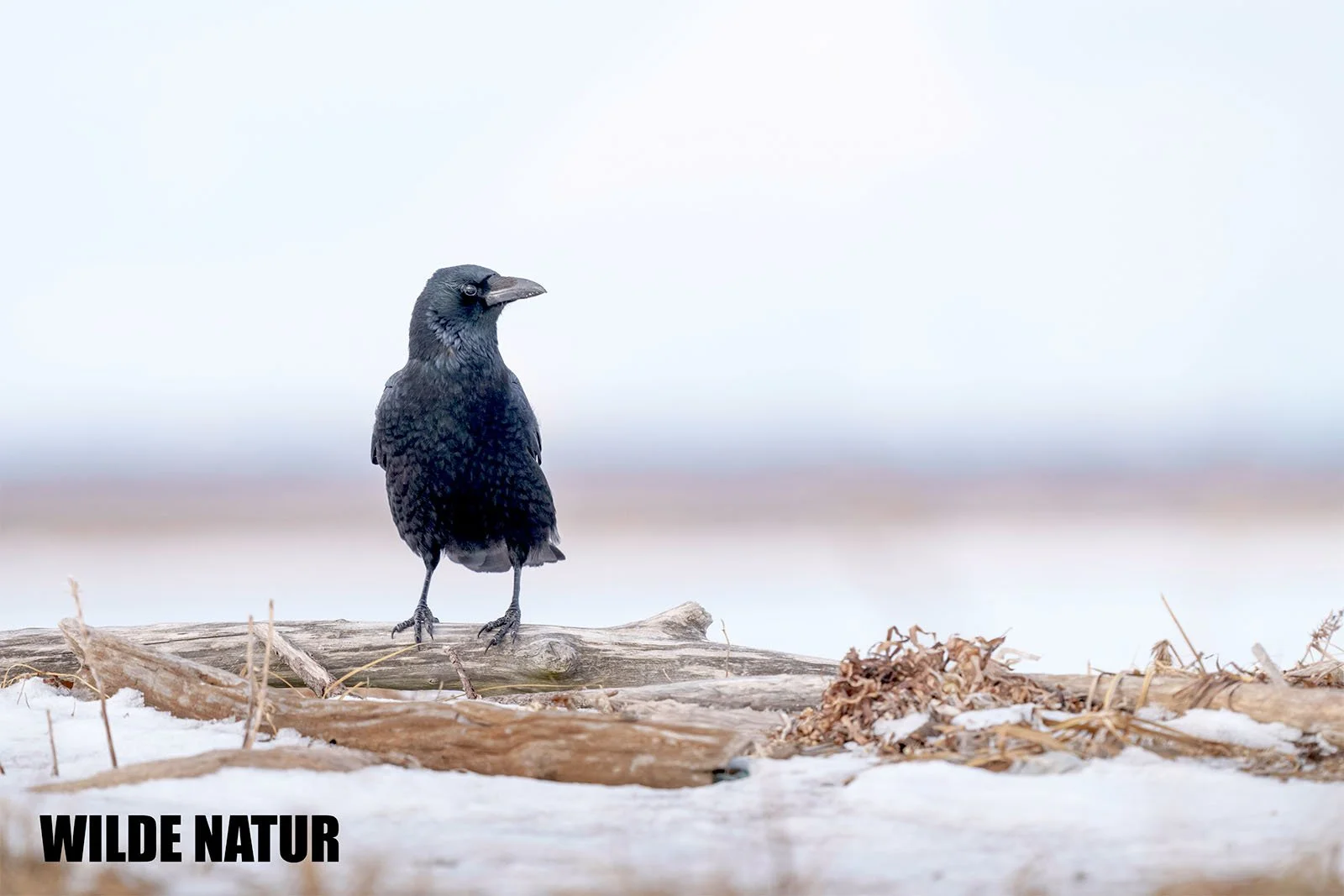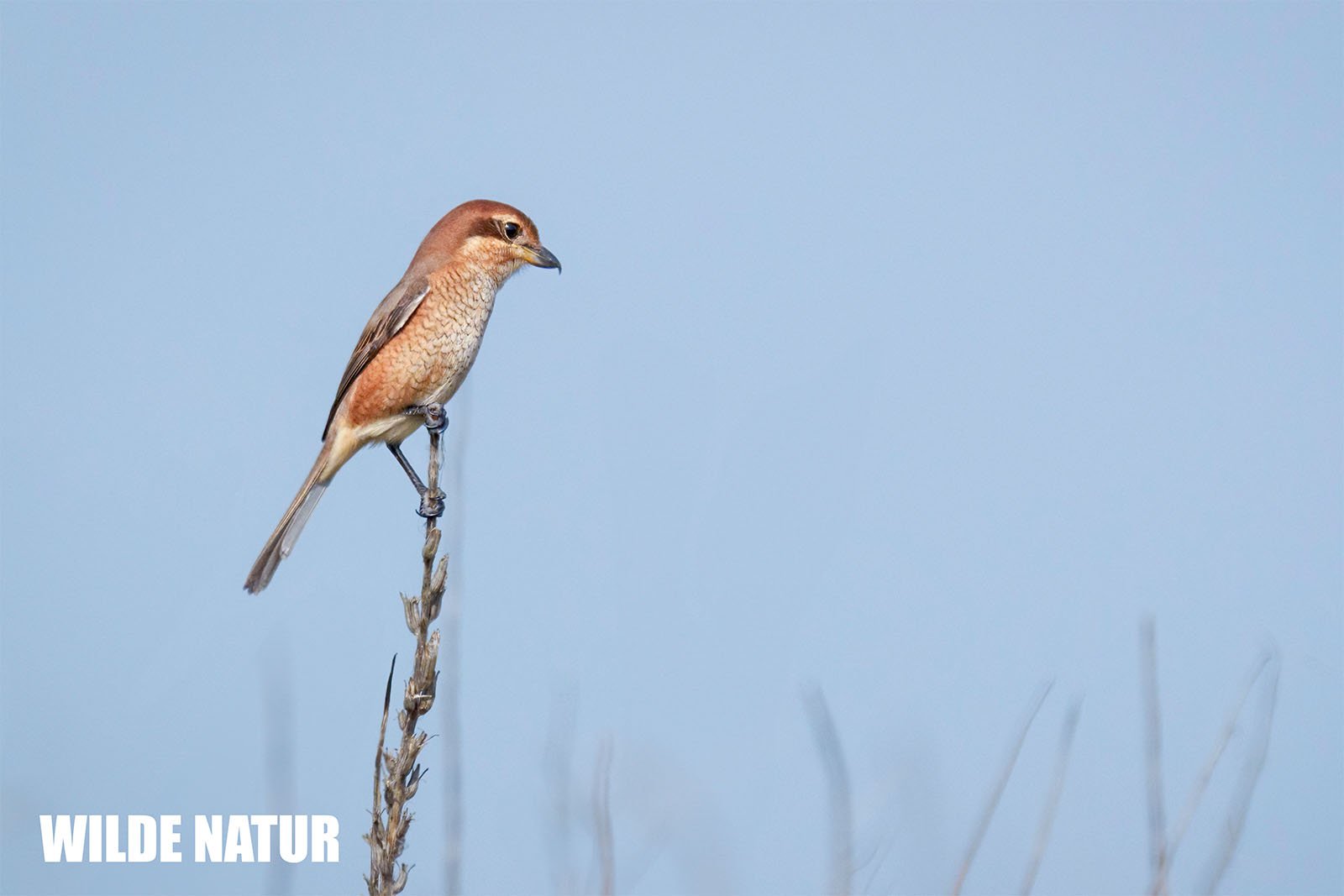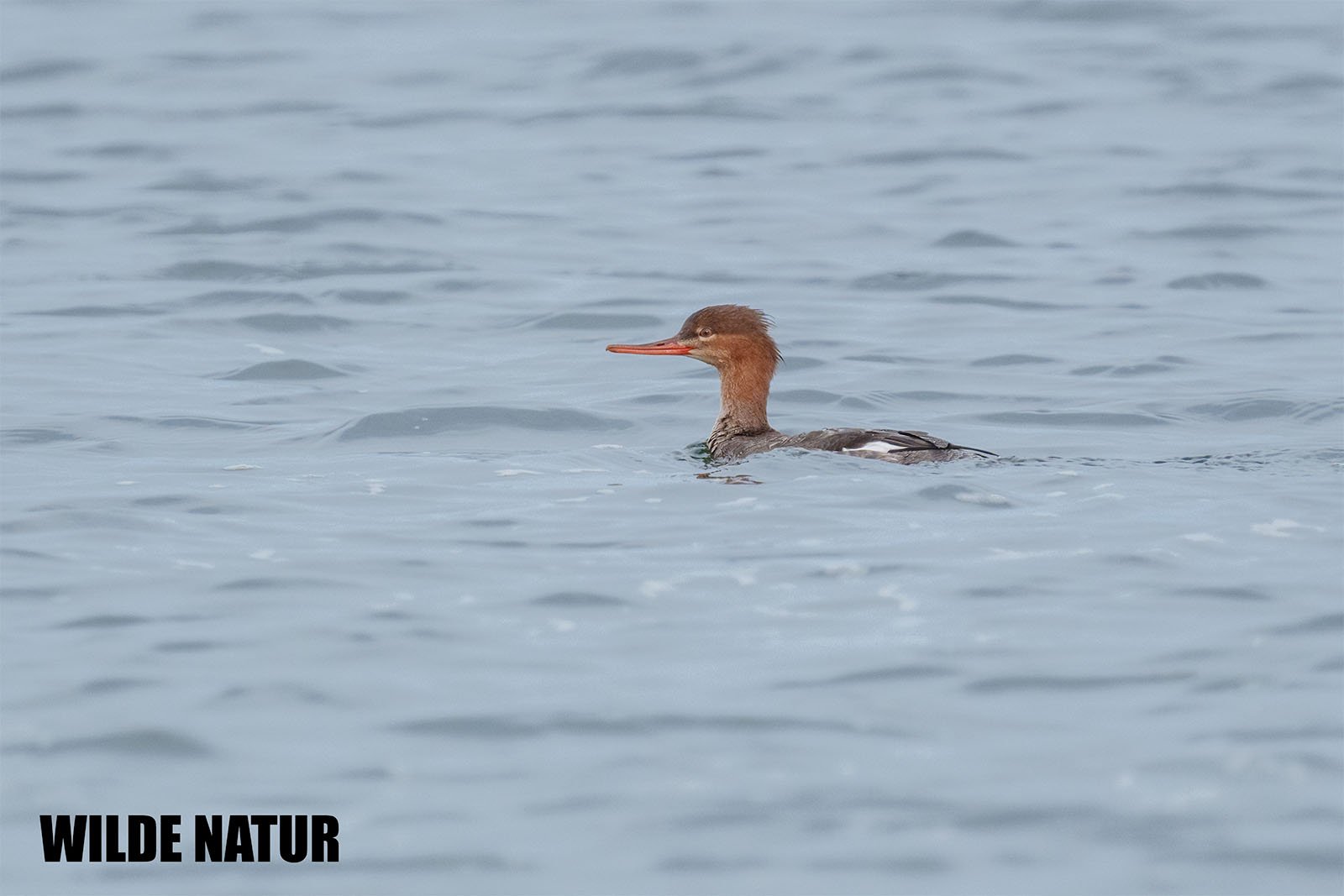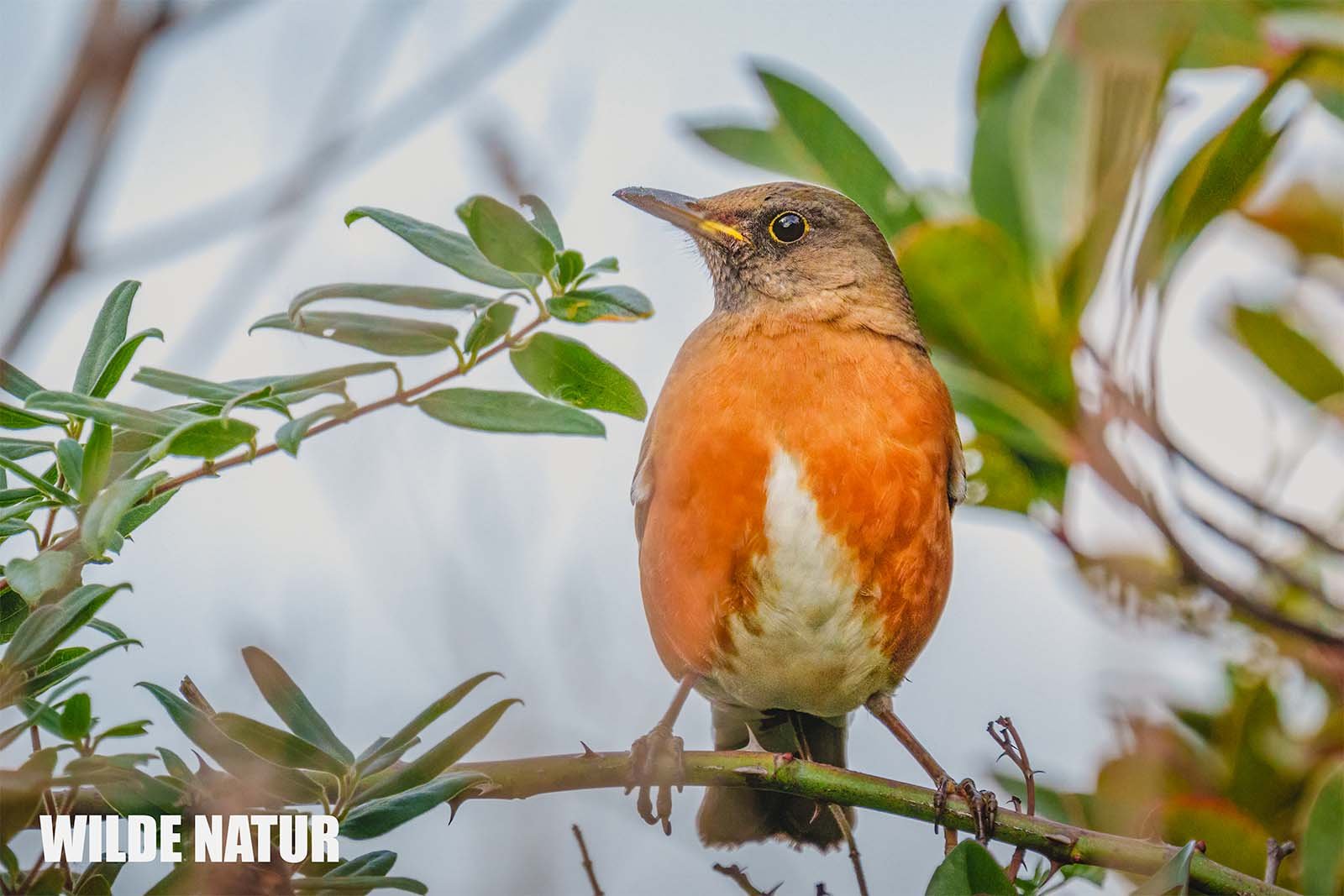Pacific swift (Apus pacificus)
Pacific swift (Apus pacificus)
Pacific Swift – Aerial Acrobat and Flying Summer Guest
As an acrobatic summer visitor to Japan, the Pacific Swift (Apus pacificus) spends nearly its entire life in the air, catching insects with astonishing agility.
Shortlist – At a Glance
- Scientific name: Apus pacificus
- Common name (German): Pazifiksegler
- Common name (English): Pacific Swift
- Length: 18–20 cm
- Wingspan: 40–45 cm
- Weight: 35–50 g
- Plumage: Dark brown with a pale rump and lighter throat
- Wings: Long, narrow, sickle-shaped
- Tail: Deeply forked
- Diet: Insects caught in flight
- Breeding season: June–August
- Nest site: Steep cliffs, tall buildings
- Migration behavior: Summer visitor, winters in Southeast Asia or Australia
- Conservation status: Not endangered, but sensitive to nest site disturbance
Table of Contents
- Introduction
- Appearance
- Habitat
- Diet
- Reproduction
- Migration
- Conservation Status
- Fact Sheet
- Conclusion
Introduction
In Japan’s summer skies, the Pacific Swift is a constant companion. It darts across the air like a missile, hunting insects with jaw-dropping precision. This migratory bird arrives each spring from the south and fills the skies with speed, motion, and grace. It only touches the ground to breed.
Appearance – Built for the Skies
The Pacific Swift’s body is designed for perpetual flight. Measuring 18–20 cm in length with a wingspan of 40–45 cm, and weighing only 35–50 grams, it’s a true lightweight of the air.
Distinctive features:
- Dark brown plumage with a striking pale rump
- Light-colored throat
- Long, narrow wings bent like scythes
- Deeply forked tail
- Tiny, nearly invisible beak with a wide gape – ideal for catching insects mid-air
Habitat – High-Flying Cliff Dweller
In Japan, you can see Pacific Swifts from spring to late summer, mostly on Honshū, Shikoku, Kyūshū, and sometimes Hokkaidō. Their preferred habitats include:
- Steep mountain slopes
- Coastal cliffs
- Tall structures like towers and multi-story buildings
Nests are placed in hard-to-reach crevices – where natural or urban features provide safety from predators.
Diet – A Master of Aerial Hunting
This bird feeds exclusively in the air. Its prey includes:
- Flies
- Mosquitoes
- Beetles
- Butterflies
It glides between 10 and 100 meters above the ground. Even drinking happens on the wing – by skimming the water’s surface with its beak.
Reproduction – Sticky Homes Built with Saliva
From June to August, Pacific Swifts build their nests using feathers, plant material, and their own saliva. They prefer vertical surfaces such as cliff faces or eaves of buildings.
Breeding facts:
- Clutch size: 2–3 eggs
- Incubation: About 20 days
- Nestling period: 40–45 days
- Both parents feed the young until fledging
Migration – Long-Distance Champions
The Pacific Swift is a long-distance migrant. It follows the East Asian–Australasian flyway:
- Arrival in Japan: April to May
- Departure: Late summer
- Wintering grounds: Southeast Asia and northern Australia
Notably, it can even sleep while gliding – a rare skill shared by very few bird species.
Conservation Status – Stable but Sensitive
While the species is common and stable in Japan, its nesting sites are vulnerable:
- Threat from demolition of old buildings
- Disturbance of cliff habitats due to tourism or construction
Recommendation:
Protect known nesting areas to ensure long-term survival.
Fact Sheet – Pacific Swift at a Glance
| Feature | Description |
|---|---|
| Scientific Name | Apus pacificus |
| Common Name (English) | Pacific Swift |
| Size | 18–20 cm |
| Wingspan | 40–45 cm |
| Weight | 35–50 g |
| Plumage | Dark brown, pale rump, pale throat |
| Wings | Very long, narrow, pointed |
| Tail | Deeply forked |
| Diet | Insects, caught exclusively in flight |
| Breeding Season | June–August |
| Nest Sites | Cliffs, tall buildings |
| Clutch | 2–3 eggs |
| Migration Pattern | Long-distance, winters in Southeast Asia/Australia |
| Habitat | Mountains, cliffs, urban high-rises |
| Conservation Status | Not endangered, but disturbance-sensitive |
Conclusion – A True Master of the Air
The Pacific Swift is the ultimate airborne creature. Few birds spend so much of their lives aloft – hunting, drinking, even sleeping while flying. Watching it cruise across Japan’s summer skies is to witness a marvel of nature, full of grace, stamina, and freedom.




